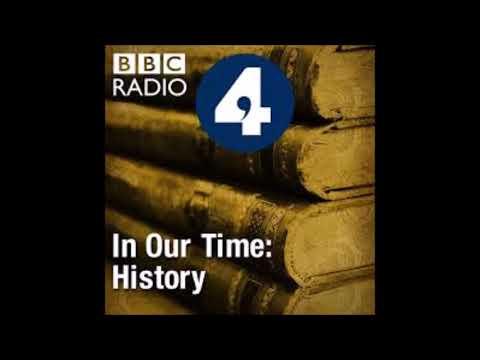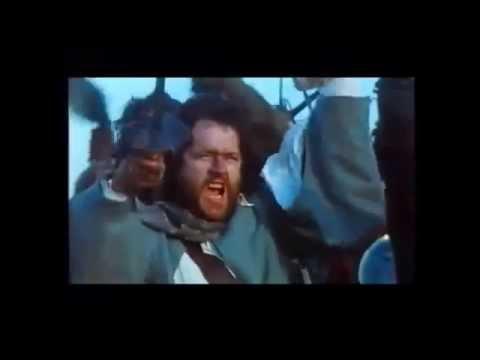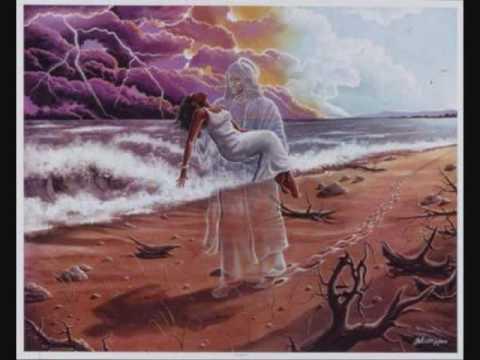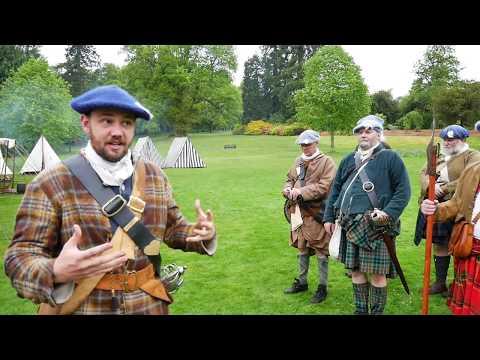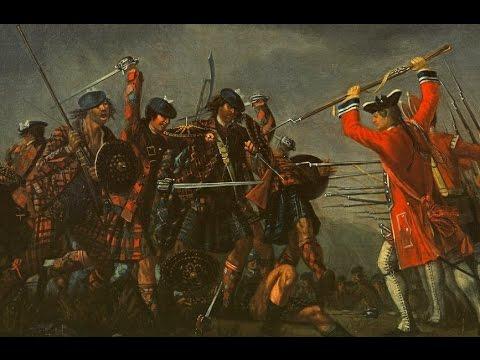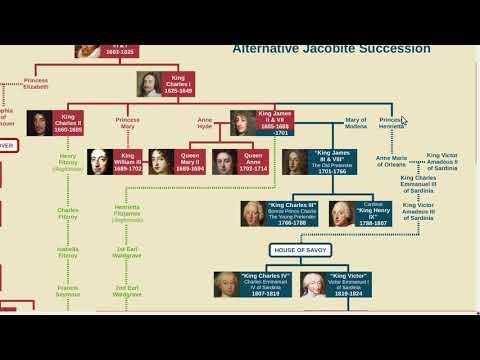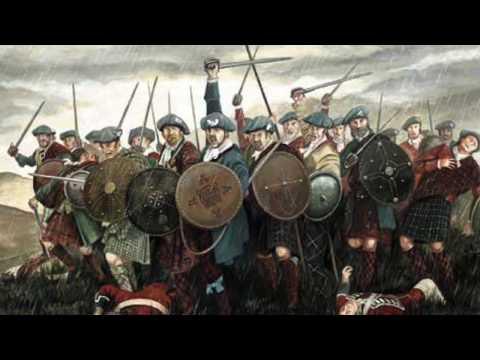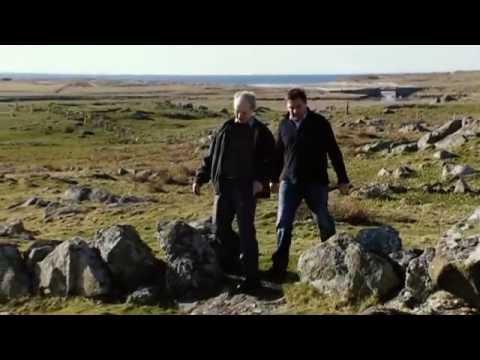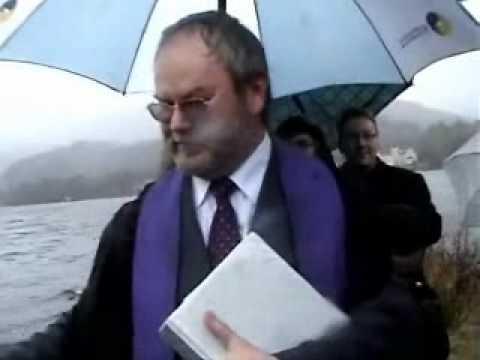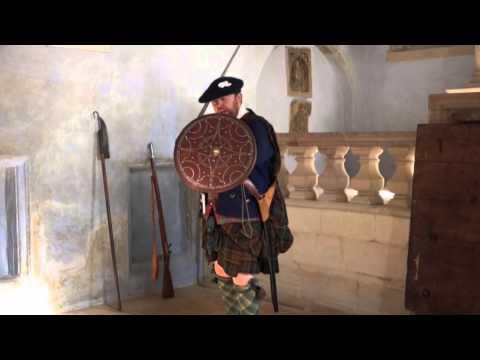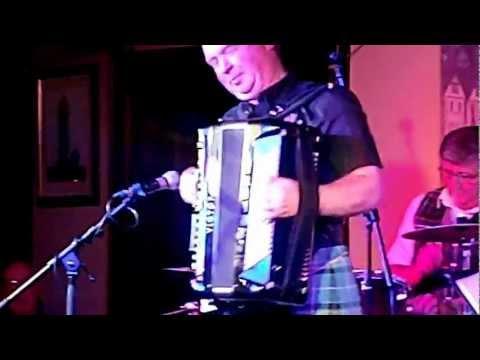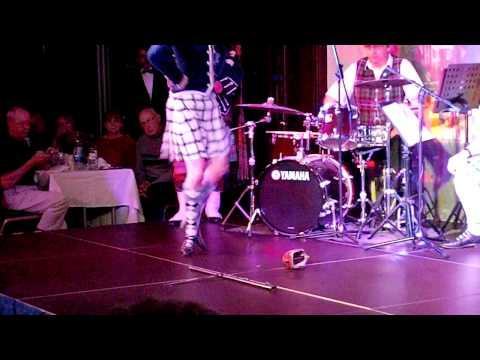Jacobite Rebellion Song (1745)
Description
The Jacobite rising of 1745, "The Year of Charles") was the attempt by Charles Edward Stuart to regain the British throne for the males of the House of Stuart. The uprising began while the throne was held by their older sisters Mary II and Anne, successive Queen regnant (sometimes referred to as the Stuart Queens Regnant) enthroned in conjunction with the documentation of the 1689 Bill of Rights, which the Jacobites sought to reverse through asserting the Papal-based Divine right of kings. By 1745, the Kings George of the House of Hanover had become heirs to the throne when neither of the Stuart Queens Regnant had surviving children. In Hanover only males could inherit, pursuant to the legacy Salic law of the Holy Roman Empire which was not repealed in the German Reformation; however in Britain females could. Imposition of the Salic Law by Papal-based invaders from the Continent had been blocked many times in Britain, most famously by Elizabeth I of England and her allies. The 1745 rising occurred during the War of the Austrian Succession, which was a cause being fought for females to inherit on the Continent, when most of the British Army was on the European continent. Charles Edward Stuart, commonly known as "Bonnie Prince Charlie" or "the Young Pretender", sailed to Scotland and raised the Jacobite standard at Glenfinnan in the Scottish Highlands, where he was supported by a gathering of Highland clansmen. The march south began with an initial victory at Prestonpans near Edinburgh. The Jacobite army, now in bold spirits, marched onwards to Carlisle, over the border in England. When it reached Derby, some British divisions were recalled from the Continent and the Jacobite army retreated north to Inverness where the last battle on Scottish soil took place on a nearby moor at Culloden. The Battle of Culloden ended with the final defeat of the Jacobite cause. Charles Edward Stuart fled with a price on his head before finally sailing to France.
